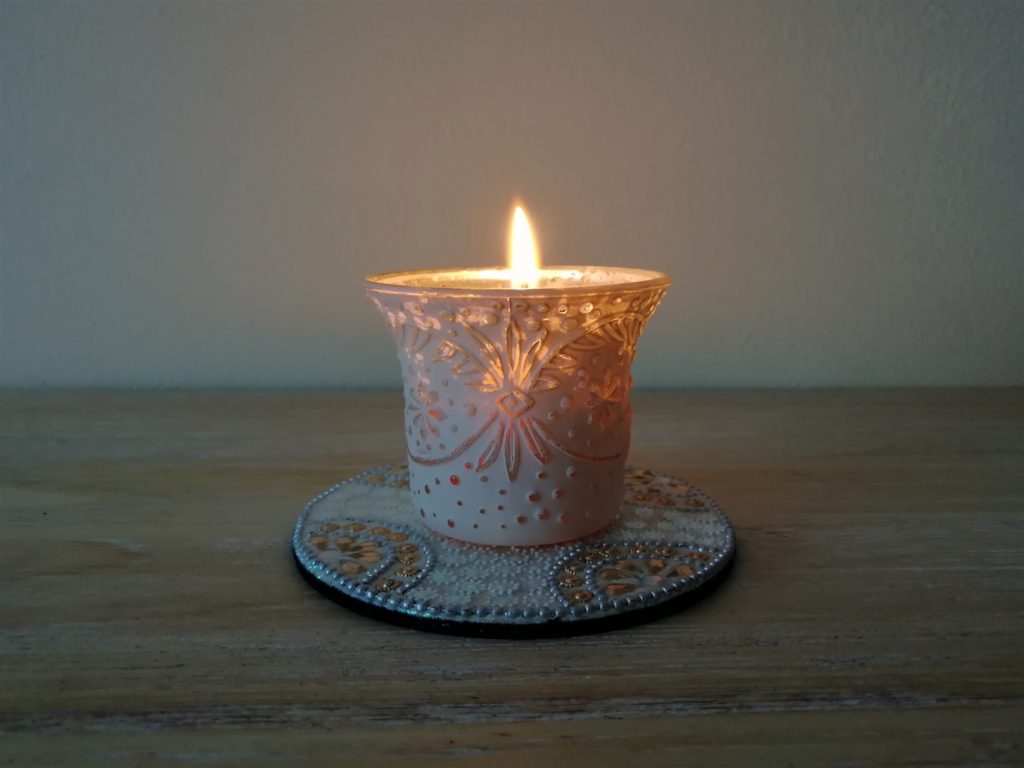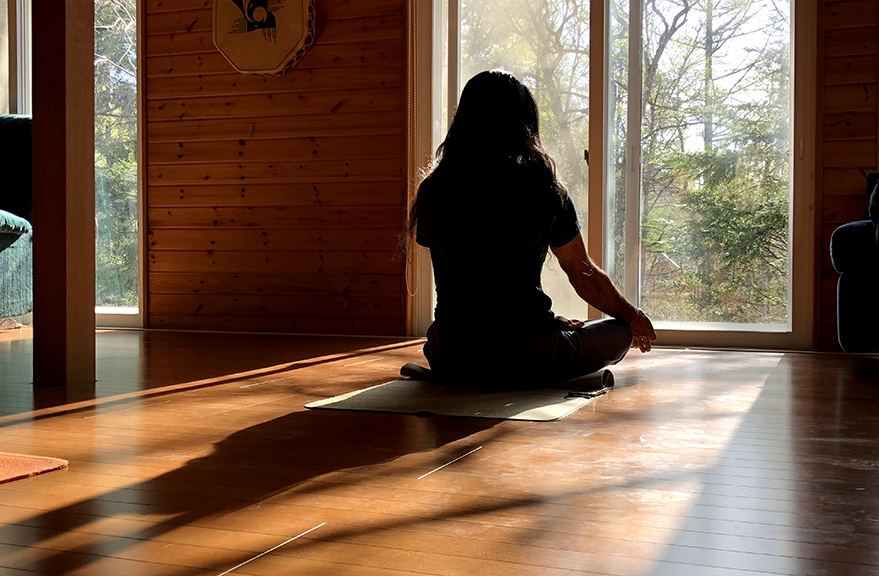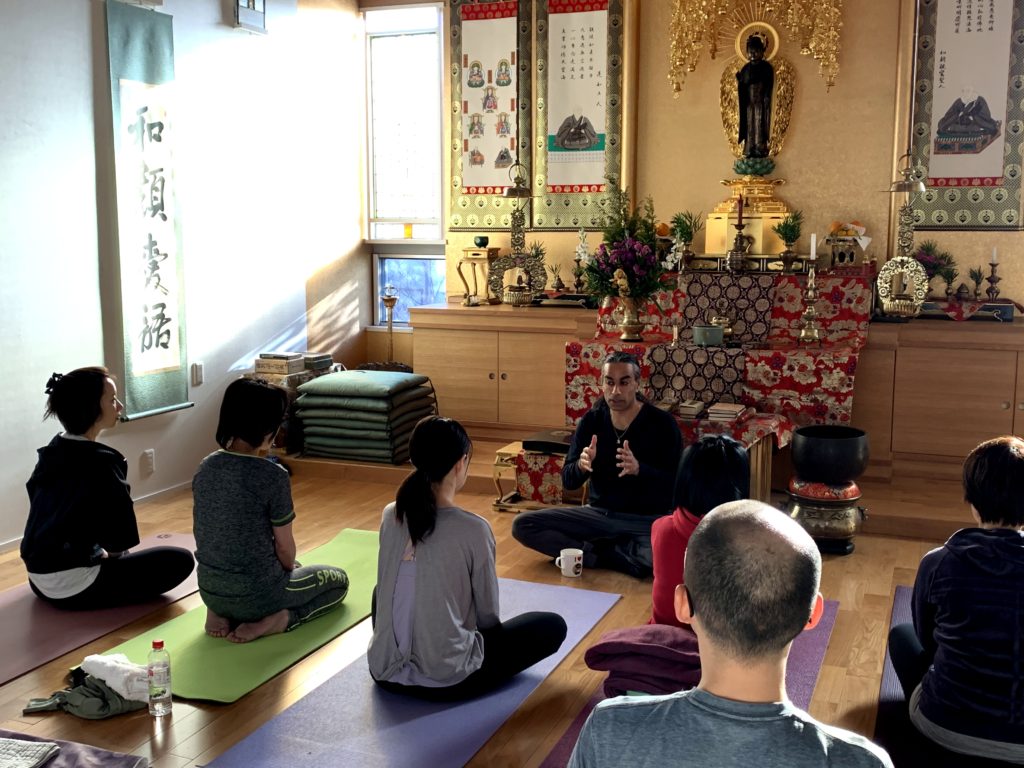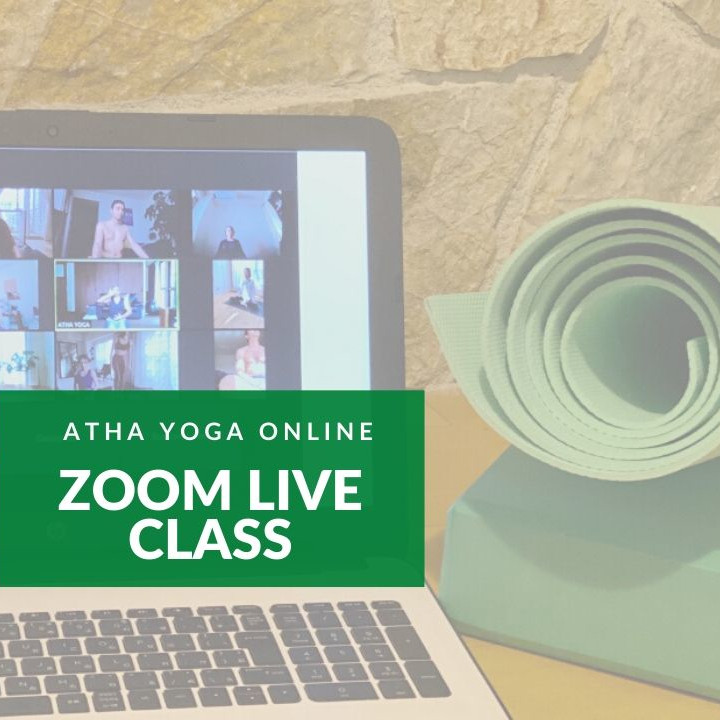「カパラバティ」呼吸法
2020-04-15肺の機能を強化する:「カパラバティ」呼吸法
An Introduction to ‘Kapalabhati’ pranayama
文責:(E)Maneesh/(日)Chie

*Scroll down for English
新型コロナウイルスの影響で外出自粛となり、室内に閉じこもる日々が続くと、体や心と同じように肺も屋外が恋しくなります。肺には空気が必要です。空気(酸素)は動作や消化そして免疫にいたる体のあらゆる活動をサポートしています。そして、肺に深く空気を取り入れるためには強さが必要です。
そこで、前回ご紹介したTrāṭaka(トラタク)キャンドル瞑想に加えて、私が最近の状況に合わせて、改めて取り入れたプラクティスは Kapalabhati(カパラバティ)です。トラタクと同様に、Shatkriyas(別名Shatkarmas)はハタヨガの6つの浄化の1つです。
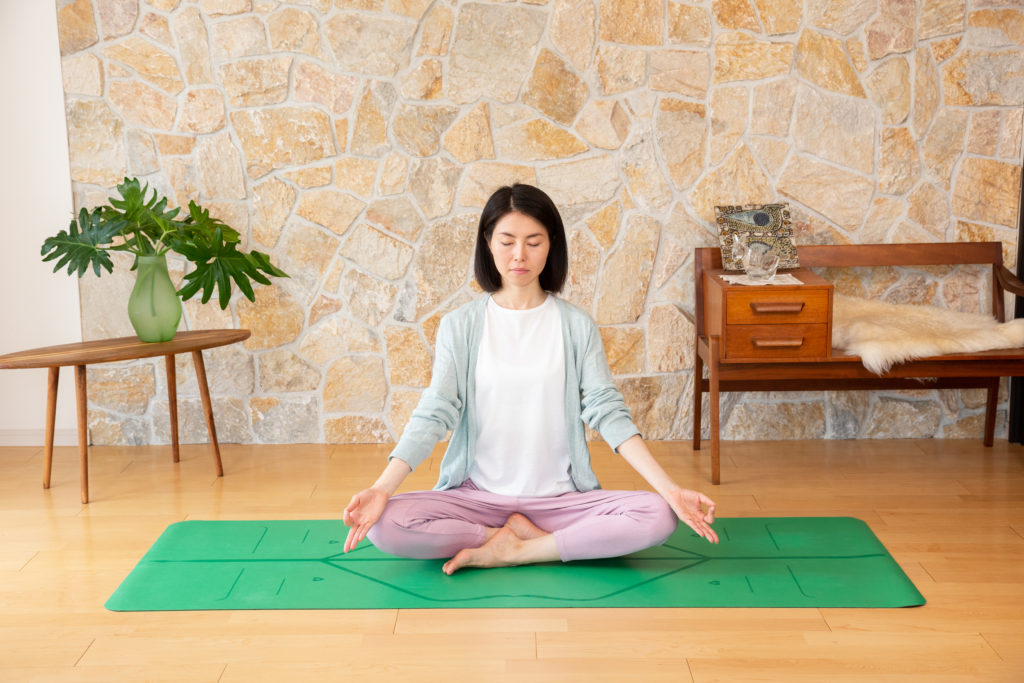
カパラバティの効果:
1.肺と呼吸器系を浄化する
2.腹筋を強化する
3.元気が出る!
-Kapalabhatiとは「光沢または輝く(bhati)頭蓋骨(kapala)」という意味があります
フッ! フッ! フッ! フッ! フッ! と連続して強く息を吐く呼吸法であるカパラバティは、ろうそくを吹き消すような短く鋭い呼気と、受動的な吸入を行います。息を吐くときは下腹部(恥骨とへその間)を力強く収縮させて、肺から空気を押し出します。
一見すると、カパラバティは単純な方法のように思えるかもしれませんが、微細なコントロールや調整が必要です。したがって、ヨガの練習と同様に経験豊富な教師の指導の下でテクニックを学び、練習を重ねることが重要です。
カパラバティは、数分行うだけで1日中効果ををもたらす驚くほど効果の高いプラクティスの1つです。今この状況で、少し落ち込んだり、エネルギーが低下したりしたときは、この伝統的な呼吸法を毎日の習慣に加えてみてはいかがでしょうか?
How to Strengthen Lungs: An Introduction to ‘Kapalabhati’ pranayama
After being stuck indoors for all these days, its not just our bodies and minds but our lungs as well that long for the outdoors. We need air for our lungs to rejoice. And we need our lungs to be strong to deeply breathe in this air that supports every activity in our body from movement and digestion to immunity.
So one of the other practices (in addition to Trāṭaka candle meditation we introduced last week) that I have recently ramped up is “Kapalabhati”. Like Trataka, this is one of the Shatkriyas / Shatkarmas or 6 purifications of Hatha Yoga. It is known to:
- cleanse lungs and respiratory system
- strengthen & tone the abdominal muscles
- energize us! – hence the name “lustrous or shining (bhati) skull (kapala)”
The actions consist of a powerful exhalation – like blowing out the candle after your candle meditation but with your mouth closed – and a passive inhalation.
While on the surface Kapalabhati may seem like a relatively simple practice, it requires a lot of control and refinement. So like any of the great yoga practices, it is important to learn this technique under the guidance of an experienced teacher and then practice, practice, practice!
Kapalabhati is one of those amazing high return practices that requires only a few minutes but benefits us the whole day. So the next time you are feeling a little down or low energy, think about adding this traditional breathing practice to your daily regime.
